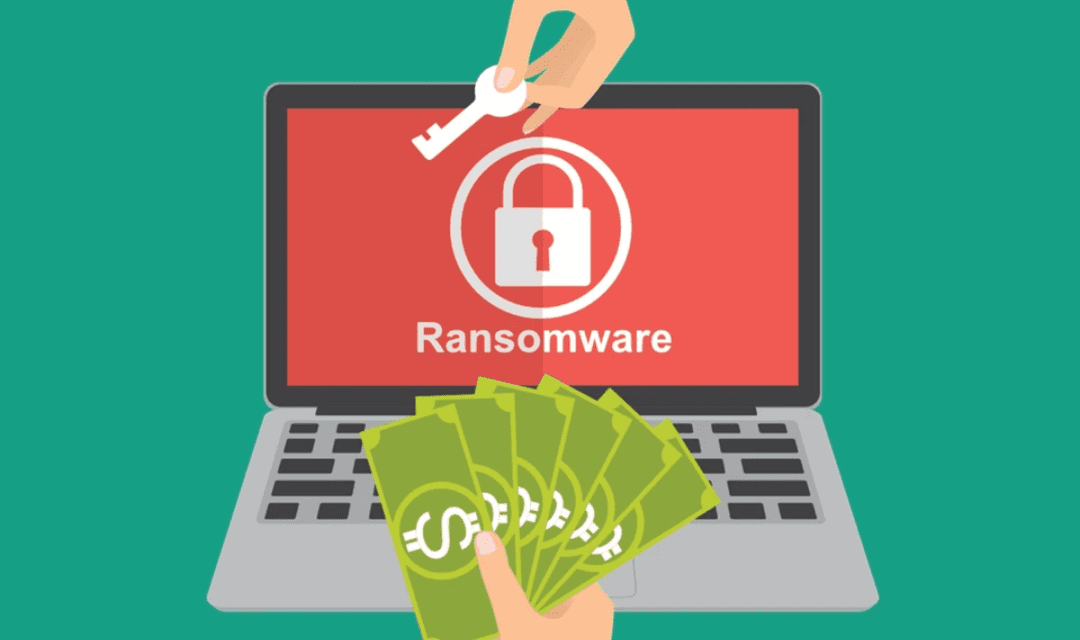In the fast-paced digital age, the methods of acquiring digital content have evolved drastically. As discussed in the first part of our series on digital content theft, we explored the nuances of piracy and copyright infringement. Now, in the second installment, we delve into a particularly menacing form of digital content theft – ransomware. Ransomware not only steals your data but holds it hostage, demanding a ransom for its release. This article sheds light on what ransomware is, how it works, and the steps you can take to protect yourself against this growing threat.
Understanding Ransomware
Ransomware is a malicious software that encrypts a victim’s files, rendering them inaccessible. Perpetrators demand a ransom, usually payable in cryptocurrency, in exchange for a decryption key. The goal of ransomware attacks is to extort money from victims, individuals or organizations, by holding their valuable data hostage. There are various forms of ransomware, with the two most common types being:
Encrypting Ransomware:
- This type of ransomware encrypts the victim’s files, rendering them unreadable without a decryption key. The victim is then presented with a ransom demand in exchange for the key.
Locker Ransomware:
- Locker ransomware, on the other hand, locks the victim out of their device entirely, preventing them from accessing their files or even the operating system. Victims are presented with a ransom demand to regain access.
How Ransomware Works

Infection:
- Ransomware typically infiltrates a system through malicious email attachments, fake software downloads, or vulnerabilities in outdated software. Once it gains access, it quietly encrypts files.
Encryption:
- The ransomware uses complex encryption algorithms to lock the victim’s files, rendering them inaccessible. This process is fast and can affect a wide range of file types.
Ransom Note:
- Following encryption, the victim is presented with a ransom note on their screen, usually demanding payment in cryptocurrency like Bitcoin. The note provides instructions on how to pay the ransom and receive the decryption key.
Payment:
- Victims, often faced with the loss of critical data, may choose to pay the ransom. However, there’s no guarantee that paying the ransom will result in the decryption of files. Additionally, it encourages criminal activity and funds the ransomware ecosystem.
Protecting Against Ransomware
While the threat of ransomware is ever-present, there are steps you can take to protect yourself and your digital content:
Regular Backups:
- Frequently back up your files to an external drive or a cloud service. This ensures that even if your files are encrypted, you have clean copies that can be restored.
Software Updates:
- Keep your operating system and software up-to-date. Ransomware often exploits known vulnerabilities in outdated software.
Email Vigilance:
- Be cautious when opening email attachments or clicking on links, especially if the email is from an unknown sender. Phishing emails are a common method of ransomware distribution.
Security Software:
- Invest in reputable antivirus and anti-malware software. These can help detect and prevent ransomware infections.
Avoid Paying Ransoms:
- Cybersecurity experts advise against paying ransoms. Not only is there no guarantee of receiving the decryption key, but paying ransoms also fuels criminal activities.
The Legal and Ethical Implications
Ransomware attacks have severe legal and ethical implications. Perpetrators can face severe legal consequences, including imprisonment. Additionally, such attacks are widely condemned due to their malicious nature and the harm they cause to individuals and organizations.
Conclusion
Ransomware is a perilous form of digital content theft that preys on individuals and organizations alike. The extortionate nature of ransomware attacks not only jeopardizes the accessibility of valuable digital content but also finances criminal activity. By staying vigilant, employing security measures, and never succumbing to ransom demands, individuals and organizations can protect themselves against this growing threat, ultimately contributing to a safer digital landscape.


Recent Comments